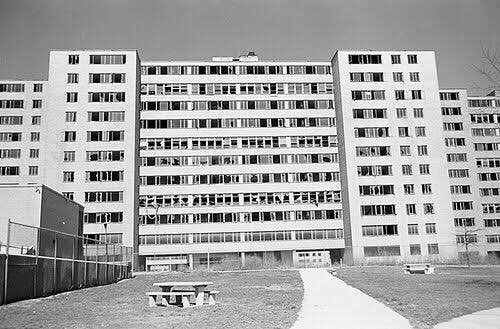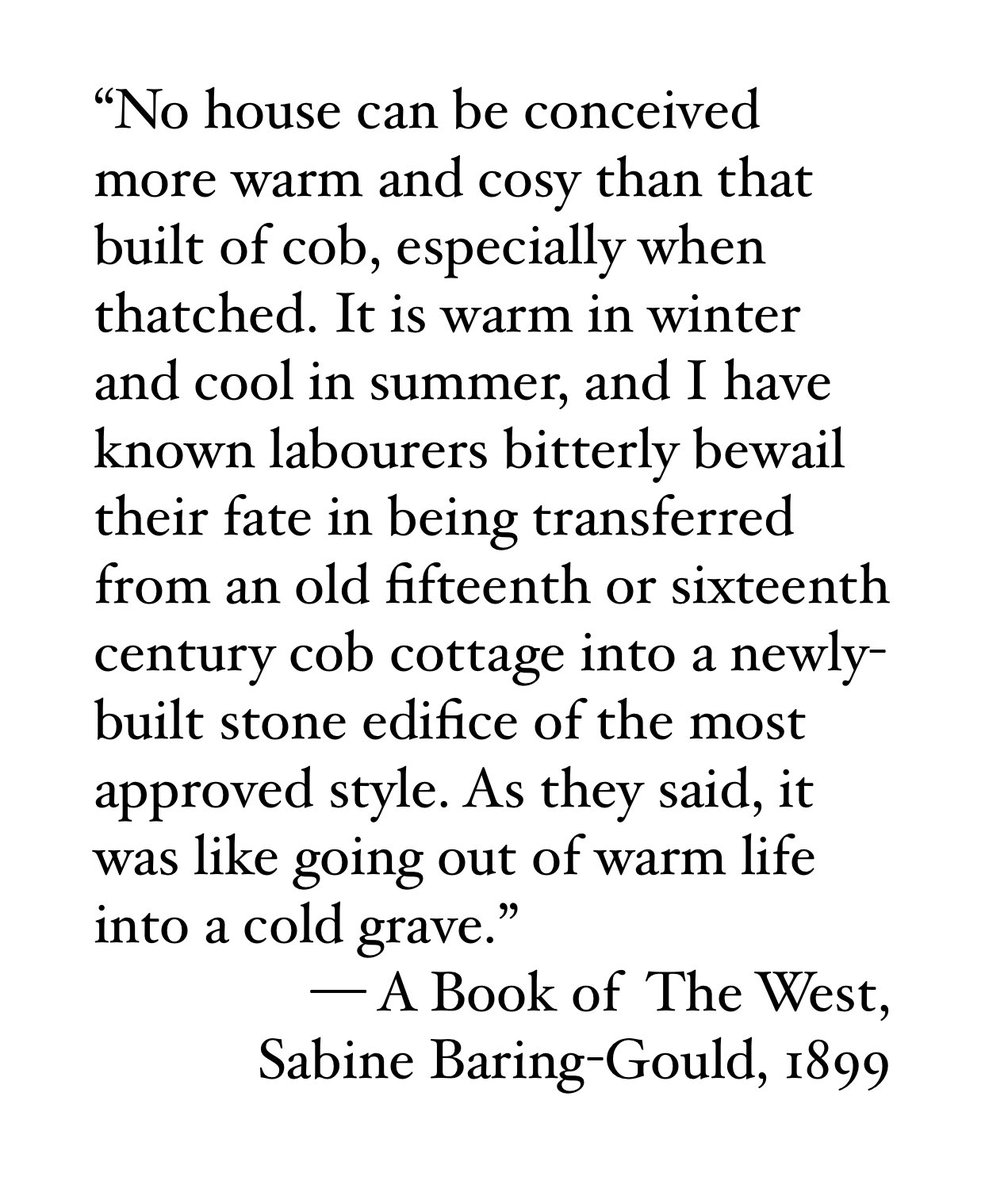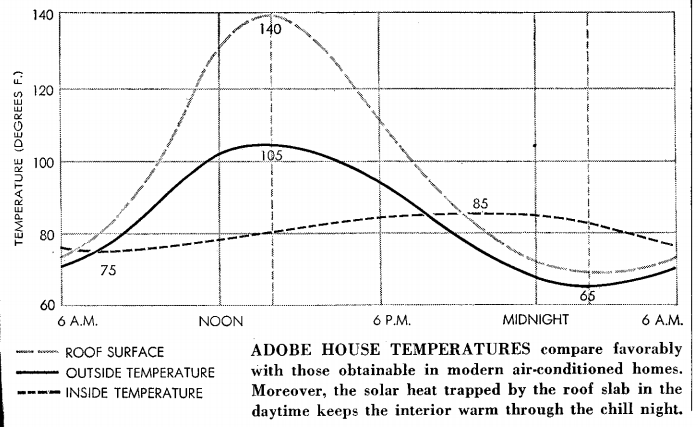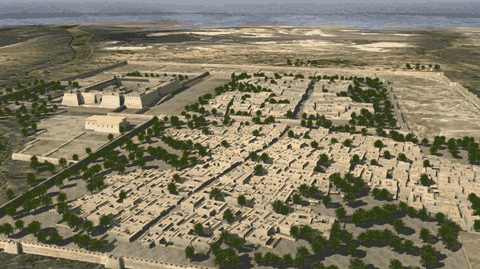
Hassan Fathy's 1980 Murad Greiss House could (overlooking a couple of things) as well have been built in 2020 A.D. or 2020 B.C. for a high ranking government official or land owner. Hand built in local limestone and lime mortar. Animated CGI here:
Minus the swimming pool and the picture windows it is not difficult to imagine how a well to do ancient Egyptian would have instructed his architect and builders on the site. Here are photos from the 1980 construction site. 


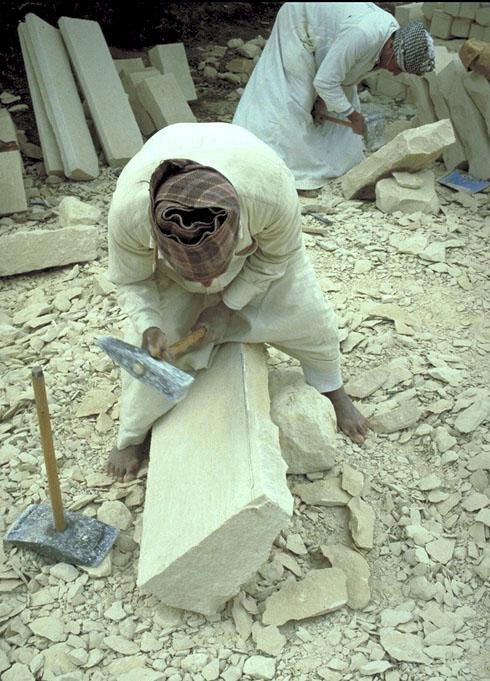
The barrel vaults and the domes were made in slightly stiffer mortar and what looks like fired clay bricks (ancient Egyptians would have used sun dried bricks which probably works just as well). The wood construction beams would have been removed and reused: wood was valuable. 







3D Sketchfab by @ArchMaher in Jordan. This is true vernacular architecture. In the West you would be called horrible names and ridiculaed in nation-wide media if you suggested building something as sophisticated yet vernacular as this. sketchfab.com/3d-models/1980…
• • •
Missing some Tweet in this thread? You can try to
force a refresh






